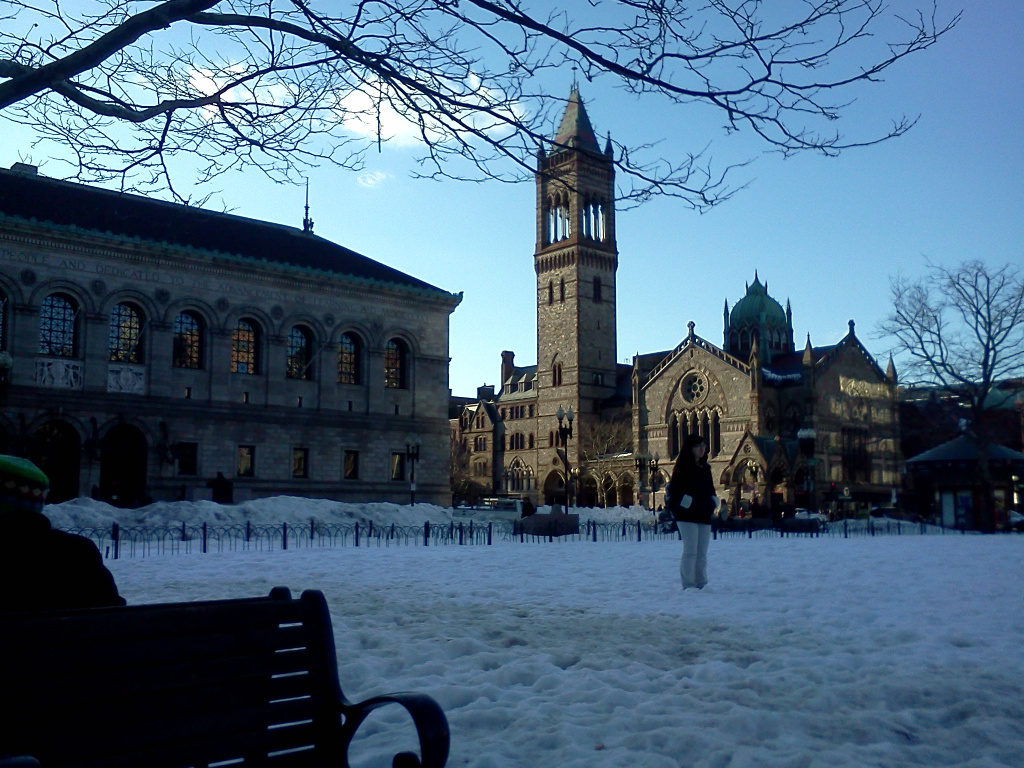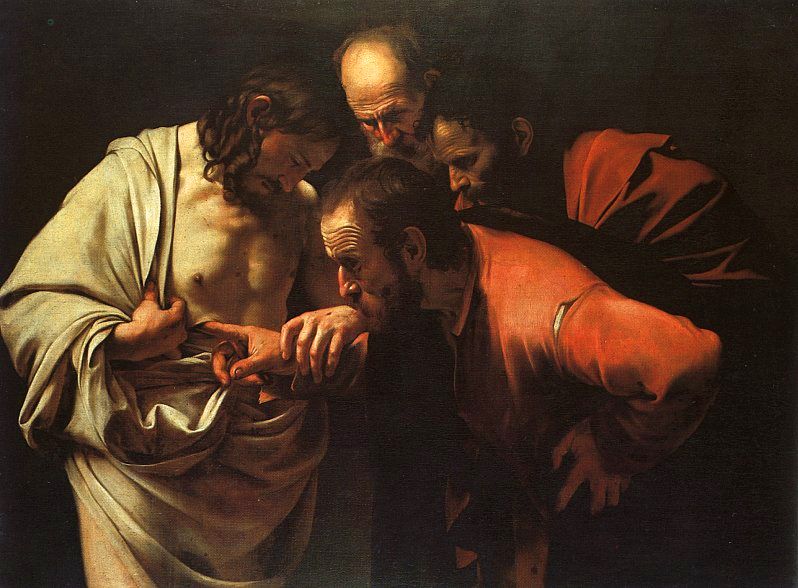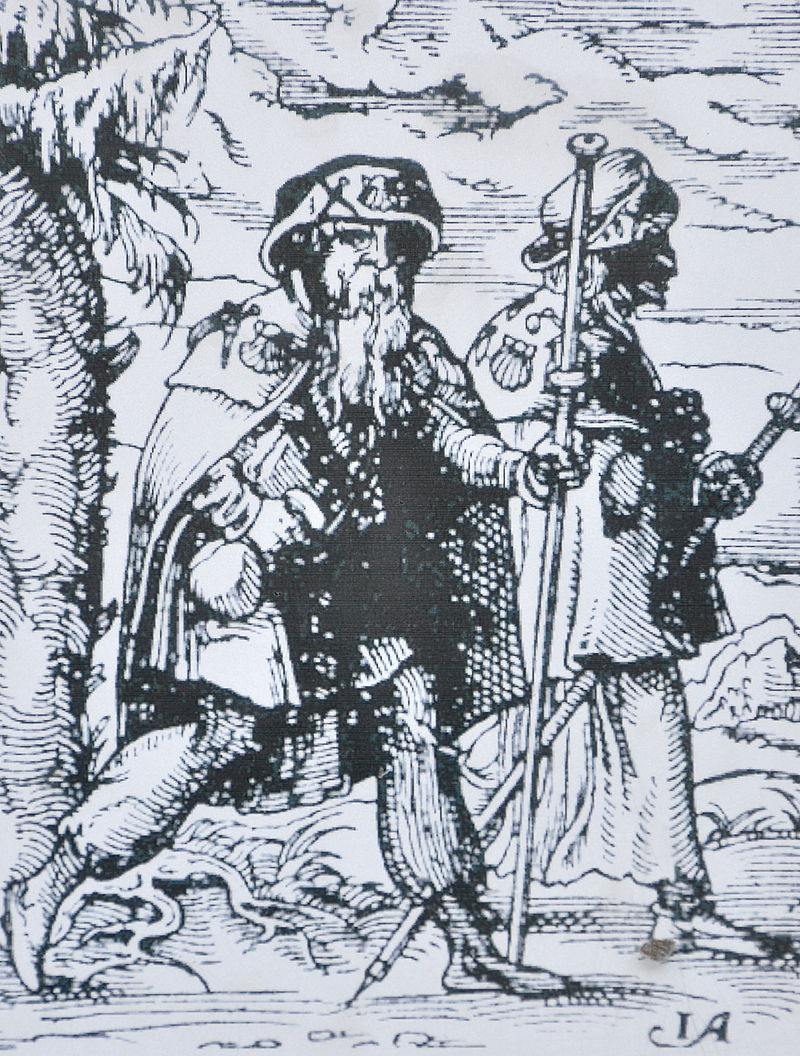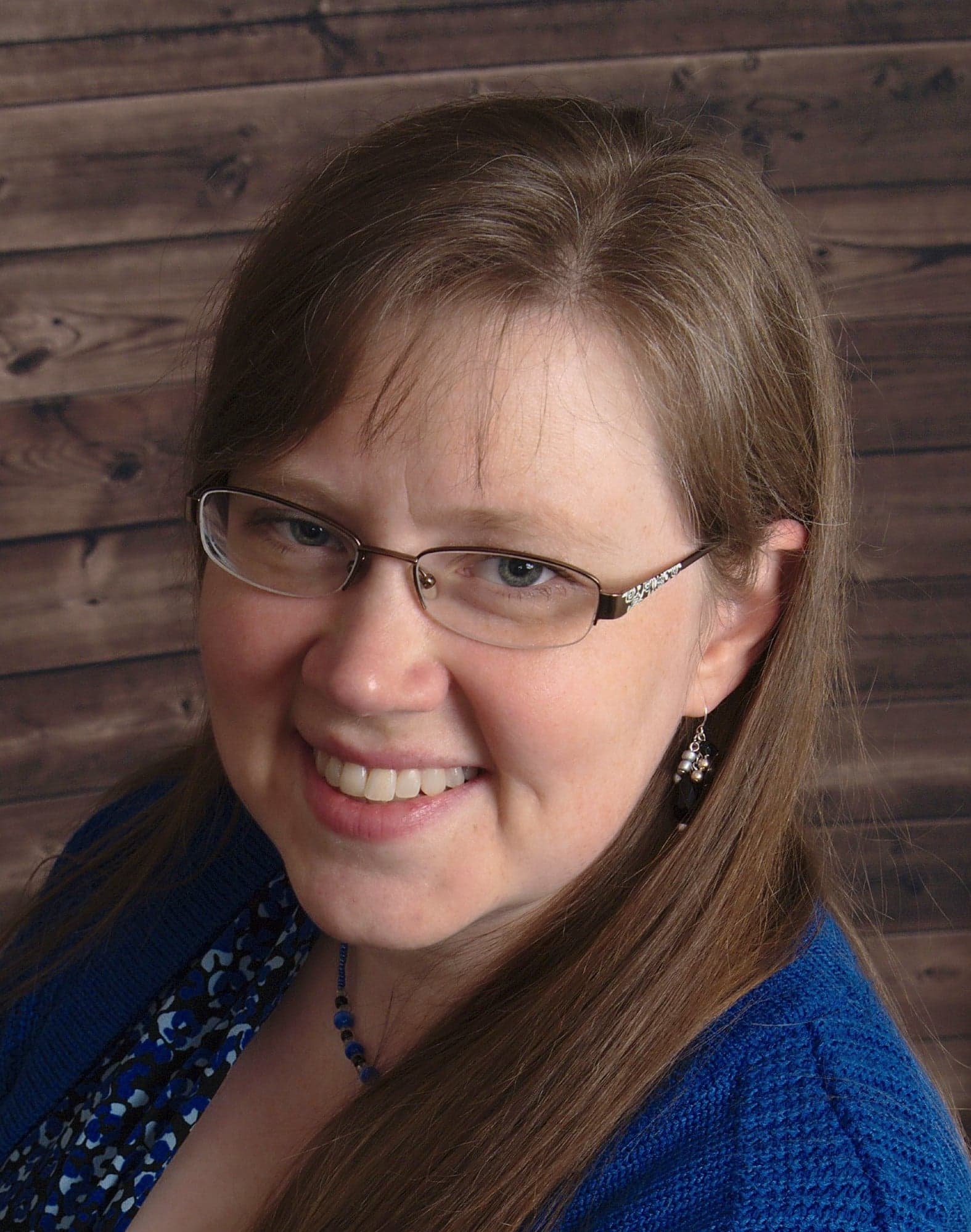
Preached at Old South Church Boston June 2014

John 20:14-29 New Revised Standard Version (NRSV)
24 But Thomas (who was called the Twin), one of the twelve, was not with them when Jesus came. 25 So the other disciples told him, “We have seen the Lord.” But he said to them, “Unless I see the mark of the nails in his hands, and put my finger in the mark of the nails and my hand in his side, I will not believe.”
26 A week later his disciples were again in the house, and Thomas was with them. Although the doors were shut, Jesus came and stood among them and said, “Peace be with you.” 27 Then he said to Thomas, “Put your finger here and see my hands. Reach out your hand and put it in my side. Do not doubt but believe.” 28 Thomas answered him, “My Lord and my God!” 29 Jesus said to him, “Have you believed because you have seen me? Blessed are those who have not seen and yet have come to believe.”
God, you are here with us. Make yourself known, in our bodies, spirits, minds, souls. As we search for you, come find us.
I.
I am a list-maker. I like things to be orderly and sequential and patterned. So I searched for a way to share with you today a story that would have a clean beginning, a logical progression, and a packaged end, but I could come up with nothing.
My life at the moment has more questions than answers, more stumbles than confident steps. At another time, the story will perhaps make more sense. But for now, I offer what I have – fragments of thoughts, stories, images – a faith that is more of a stained glass window or crazy quilt than a chart, map, or timeline. And perhaps we will glimpse God together in the midst of it all, or perhaps we will together be ushered into a holy darkness with God, or perhaps… well… whatever happens, we will not try too hard to paper over the cracks in the plaster, but trust that the Spirit can make some holy art with them.
II.
As an intern chaplain, I came to the neurological medical/surgical wing of the hospital every day for a summer. I walked into rooms not knowing what I would find and whether I would be yelled at to go away, asked for an exorcism, a song, or a prayer, met with joyful laughter or despairing tears or blank stares. All I knew was that my job was to try to find love, hope, and God in the rooms somewhere, even if God seemed to be tiny, silent, or hiding.
For a week in room 326, Tommy greeted me every day as if it were the first time we’d met. He was having trouble with memory and had come to the hospital because of a severe stroke. Every day, after re-introducing himself to me, he catalogued for me his scars. Four scars, four surgeries, shown and told over and over again. This was what he wanted me to know about himself and his journey with illness – that he was a survivor, that he could be known through his weakness, healing and healed, but still visible. When I asked about God, Tommy showed me his scars.
III.
Two weeks ago, I started walking with a cane. My body has been inexplicably breaking down for the past 9 months, and all the doctors and tests have come up with only stabs in the dark as to why. As much as my logic brain says that using a cane is not shameful or a failure, as much as my theology education rushes in to say that God is present and still loves me, I still find myself very often wanting desperately to throw my cane against the wall. Fancy theology or not, my prayers these days are often internal screams of curses at God.
IV.

A week after Easter, churches around the world read the story of Thomas, who is not with the others when Jesus appears after his resurrection. Many preachers talk about his doubt or faith. Many other preachers talk about Jesus’ willingness to meet us where we are.
Here’s what I kept thinking that day.
Thomas doesn’t ask to see Jesus when he hears that Jesus is resurrected. He asks to see Jesus’ wounds. If he believes that Jesus was resurrected and appeared, enough to ask to see him, why does he anticipate that Jesus will still have wounds? Wouldn’t he think that resurrection would take away wounds? After the defeat of death and transformation into utter wholeness, why would our God still have wounds?
I don’t know. I honestly don’t know.
Except… there are times when I can’t imagine myself without my scars. Would anyone recognize me if I didn’t have those quirks, weaknesses, survived traumas, frailties? Is this what Thomas is asking for – a way to recognize Jesus the Resurrected One as the same as Jesus the Crucified One?
And then there’s this… If Jesus is entirely whole after his resurrection, completely holy from top to toe, and yet he still has wounds, then perhaps there is hope for people like me and Thomas, hope for Tommy in his many surgeries, hope for pilgrims with blistered feet and worn dreams, hope for all of us with our many wounds and scars – perhaps wholeness does not depend on being free from wounds or without blemish. Perhaps wholeness, holiness is something deeper. Perhaps this God of ours has the power to transform wounds into holiness, not leaving us in our brokenness, bitterness, and vulnerability, but yet not denying their part in making us who we are.
If that is who God is… then maybe that God is worth worshipping with our whole and broken lives.
V.
I was in the Harvard Square T station, attempting to navigate slowly and exhaustedly the long and newly-treacherous-for-me ramp, hoping only to not fall down. Most people flew past me, in a hurry to get to their next activity.
One person I could see out of the corner of my eye, guitar on his back, at a safe and comfortable distance from me, slowed down to match my pace, as if to say “I see that this is hard for you. I don’t know you, but let me be your companion for a little bit.” When I got to the bottom of the ramp and through the gates, we parted ways, never even overtly acknowledging each other.
In that moment, I was seen and known, and my stumbling mattered and was held, while at the same time it did not matter because there was a deeper wholeness present.
Jesus, was that you?
VI.
Here’s another thing I’ve been thinking about. In my understanding of faith, Jesus looks like God. We can know what kind of God we worship by looking at what kind of person Jesus was. We worship a God who plays with mud and uses a glob of spit to heal. We worship a God who washes and caresses feet as a living sermon, a God so in tune with the spiritual connection to the physical that he can tell when someone has touched the hem of his coat and been healed by that touch.

I walked the Camino de Santiago de Compostela last summer in Spain, all 500 hot and sweaty miles of it. It was beautiful and profound and I find myself able to adequately describe very little of it.
I noticed, on the trail, that when you asked people, “How are you?” their answer most often had something to do with their feet – how many blisters, how sore, what miracle cream solution they had used, what parts of their shoes were falling apart. In a life pared down to the bare essentials, where you carry everything you possess on your back, and where your only task is to put one foot in front of another, life becomes very intensely physical. Feet and backs, sweat and thirst, sun and rain on skin. “How are you?” “My feet hurt a lot today.”
But life for us on earth is always intensely physical, is it not? Sometimes we are able to forget that, but certainly not if we are tired, sore, lonely, jumping for joy…
We worship a God who understands that. And who does not dismiss that, but meets us
with bread and wine for our grumbling stomachs,
water for our aching feet,
oil for our bowed heads,
kisses of peace for cheeks red with shame and fear,
spit and mud for blinded eyes.
We worship a God who knows the connection between body and spirit in God’s very own body and spirit.
VII.
I don’t know what’s next on this journey for me. A year ago, I was setting out for two months to be a pilgrim with hiking poles. Today, I continue my pilgrimage with a cane.
I do not always sense God’s presence. But most of the time I am confident that the God whose promises sustained my ancestors in faith is the same yesterday, today, and forever.
I keep praying the old prayers and listening to the old stories because while words fail me in this pilgrimage, there are saints galore who have traveled these paths before me and their faith can, for now, stand in for mine.
I keep coming to the table and to the font because God knows enough about me to know that when life gets intensely physical, the cure for what ails me is not in high-falutin’ words but in touch and mud, water and food.
I keep coming to be among you and singing the old songs because when I cannot sing, you can sing for me until I can find my voice again. And someday, I will sing with you again, perhaps even singing your song for you for a time.
I keep coming back, time and again, to the Body of Christ, because when I cannot hold my own faith, the gathered body can carry it for me. And we can share each others’ joys and sorrows, fears and hope, falterings and faith until we’ve together seen this journey through.
Devotional/Application Questions
- Recall a time when your life had more questions than answers. Did you find that distressing? What were the spiritual implications of being discombobulated?
- Do you ever feel like cursing God? Do you think God welcomes this with scorn, acceptance, or both? Explain.
- What do you make of the biblical assertion that Jesus still had wounds/scars after the Resurrection? What implications does this have for those of us with earthly/bodily wounds, scars, ailments, or disabilities?
- Have you ever had an experience, like Laura, where someone blessed you without directly acknowledging their actions? What did you make of that experience?
- How does understanding the intensity of physicality help you better understand and appreciate the spiritual?
- Recall a time when the gathered body carried your faith for you when you no longer could. In what ways did that humble you? Affirm you?
 Laura Stone is a chaplain at Timbercrest Senior Living in North Manchester, Indiana. A minister-theologian, she does much thinking about what it means to be Anabaptist and Pietist in the midst of illness, aging, and grief, and about what faith has to do with the ways she ministers and lives. Some of her other interests include quilting, science fiction, music, and contra dancing.
Laura Stone is a chaplain at Timbercrest Senior Living in North Manchester, Indiana. A minister-theologian, she does much thinking about what it means to be Anabaptist and Pietist in the midst of illness, aging, and grief, and about what faith has to do with the ways she ministers and lives. Some of her other interests include quilting, science fiction, music, and contra dancing.
For more of his sermons and other writings, check out The Patchwork Pietist.

